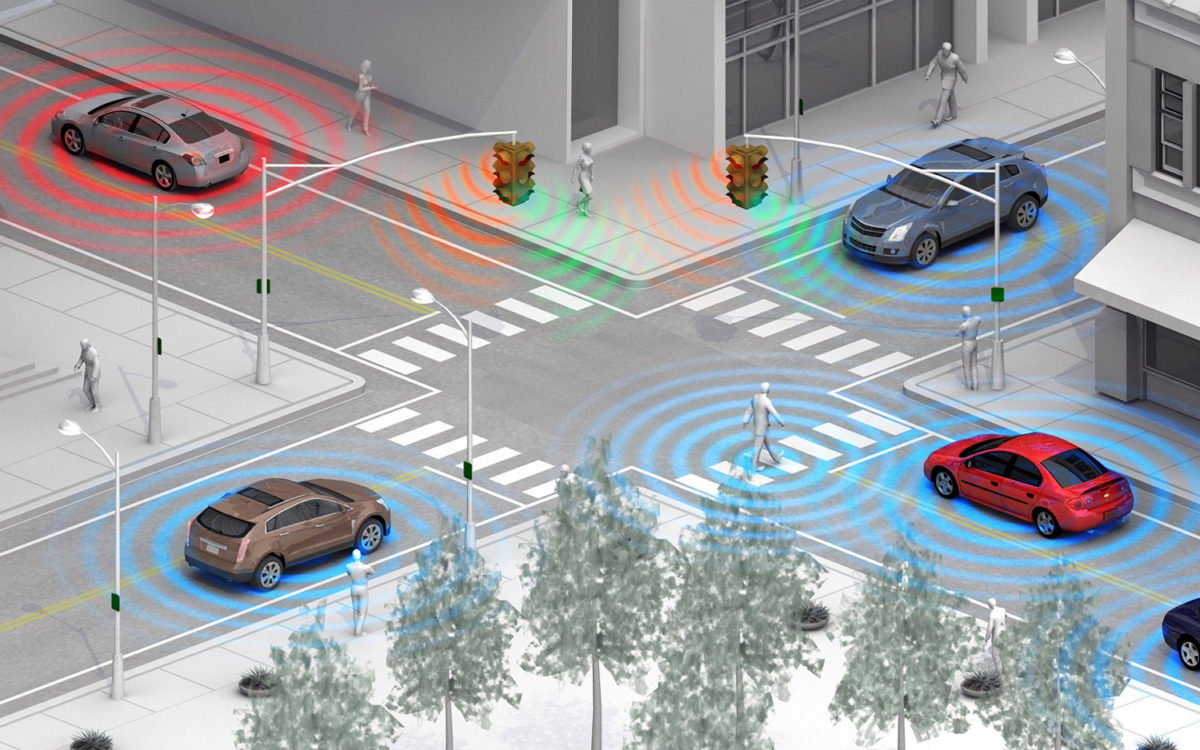Nearly 1.3 million people die in a car accident each year. Converting this number results to almost 4000 deaths a day! The injuries run up to 20-30 million per year. These are great numbers and so there is a real problem. A problem which needs a solution. Technology experts are trying to fix this problem for decades. Up to now, it was not a success. This year it became clear that the drivers will not lessen these accidents numbers. It is up to the cars now.
In just a couple of years, the car-to-car or vehicle-to-vehicle communication will be available for different cars. This system will transmit information from the car itself to other cars within a few hundred meters, like the steer position, speed and brake status. This way, the other vehicles will get a detailed picture of what is happening around them. As a result, tremendous crashes can be prevented (Knight, 2016).
In practice, this is not very new, because the ultrasound sensor which was introduced earlier also detects obstacles near the vehicle. The problem here is the limited range of the sensors which can never exceed the car-to-car communication. It is still a difficult challenge, though. To go even further, the communication system will also alert the driver when there is a traffic light or pedestrian. To live up to this, the vehicles have to make connection with street cameras or smartphones to detect the foot passenger (LeBeau, 2016).
This system will be first installed in Cadillacs later this year by Delphi. The value of the technology will not be very high in the beginning period, because of the few cars which can communicate with each other. However after the initial testing stage, more cars will be offered with the same technique (LeBeau, 2016). Other automakers are also developing and testing technology, which will make it probable that every car in the future can communicate with each other.
Sources:
https://www.technologyreview.com/s/534981/car-to-car-communication/
http://www.cnbc.com/2016/01/05/cars-talking-to-each-other-believe-it.html


